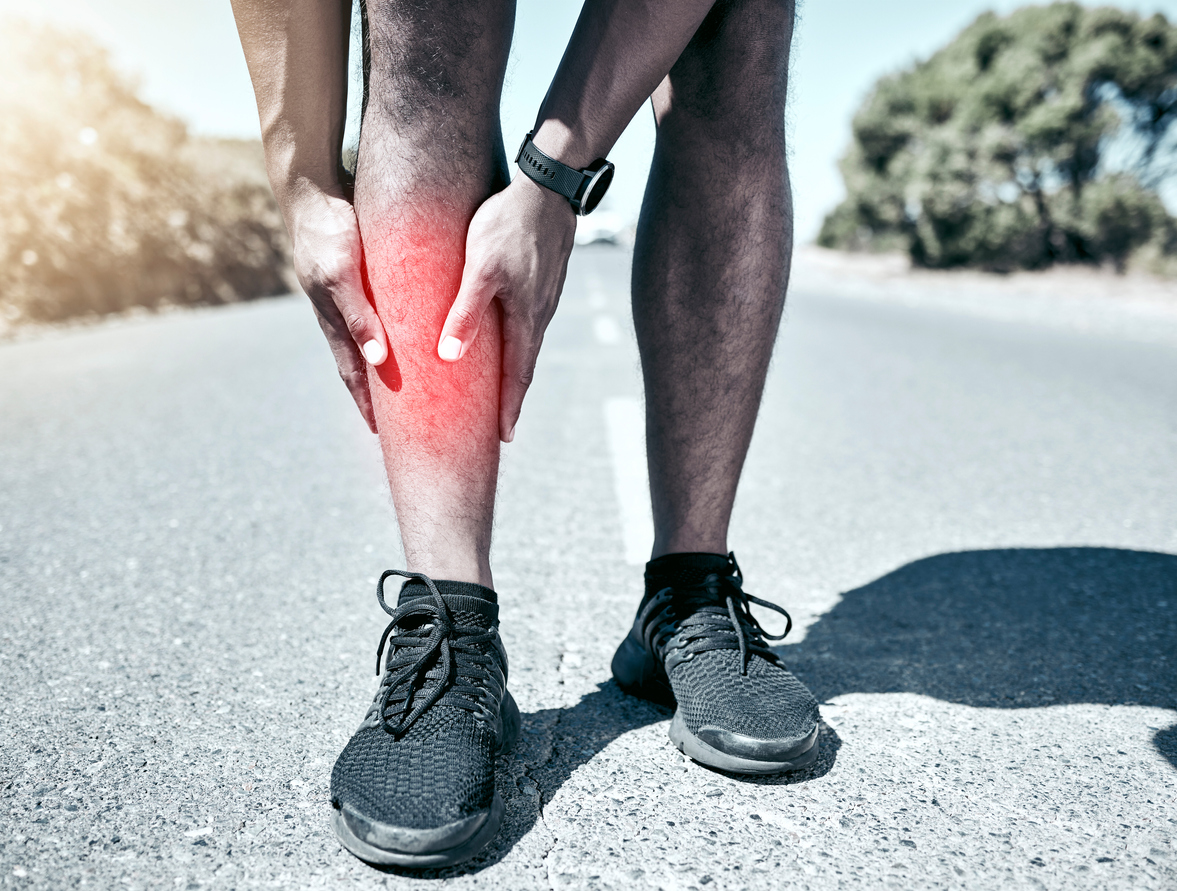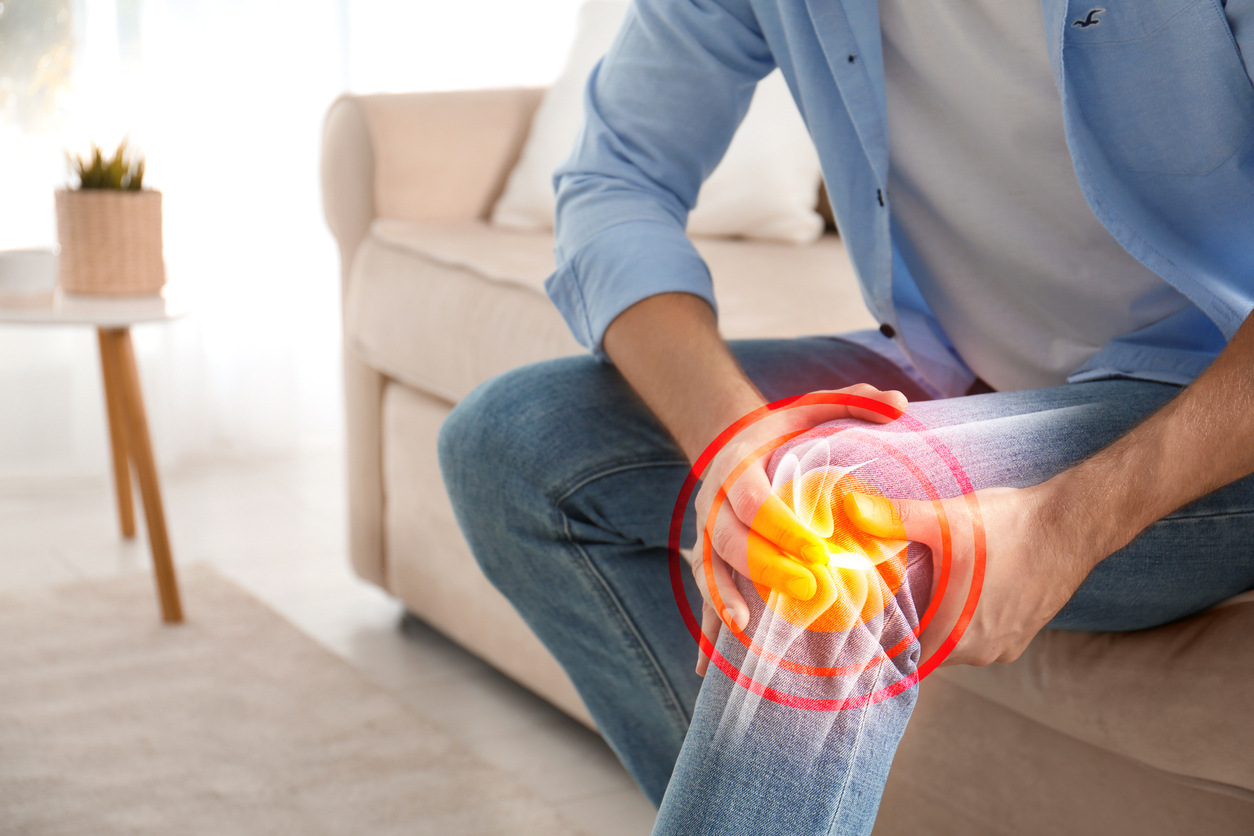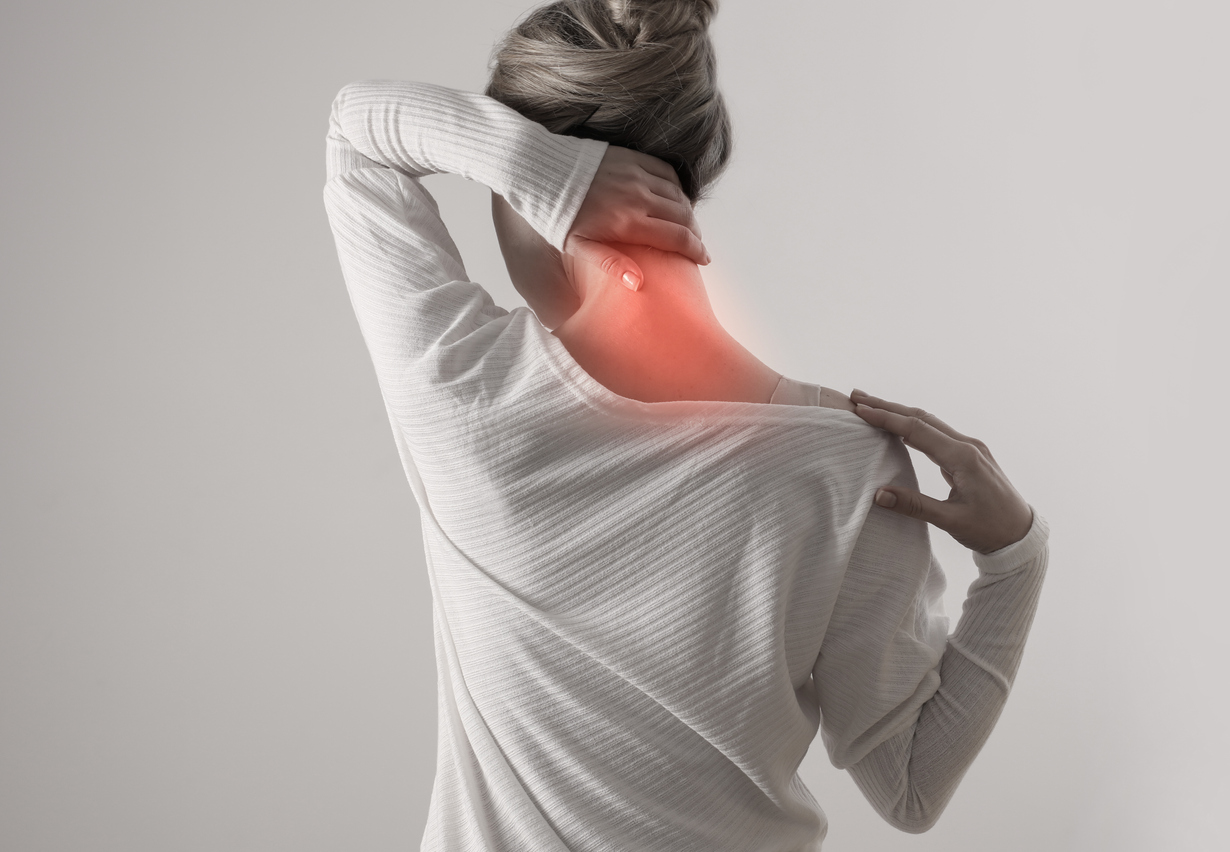Chiropractor Wilmington NC: All About Muscle Atrophy
As the old cliché goes, “Use it or lose it”. This is a very, very simplistic way to explain muscle atrophy. Plainly put, muscle atrophy is the partial or complete loss or “wasting” of muscle tissue. This phenomenon can occur in two different ways: neurogenic atrophy and disuse atrophy. Neurogenic atrophy relates to disease or injury that affects the nerve attached to the muscle. Neurogenic atrophy often comes on rather swiftly and is the more severe of the two types. Disuse atrophy—the second type—is the result of a little or no physical activity. Our chiropractor Wilmington NC explains more.
In short, muscles will diminish when they are not used. This is a substantial worry for people who are bedridden or confined to a wheelchair. Read on to learn more about these two types of muscle atrophy and what you can do to prevent them.
• Neurogenic muscle atrophy can be caused by a number of injuries and diseases. When a nerve attached to a muscle is damaged, its signal is disrupted and it cannot reach the brain, the peripheral nerves, or the spinal cord—which leads to an inability to use the muscle correctly. Nerve damage from an injury, such as compression, can also cause reduced blood flow to the nerve, resulting in the muscle atrophying. HealthGrades.com describes several potential causes, including neuromuscular diseases such as spinal cord atrophy, multiple sclerosis (MS, a disease that affects the brain and spinal cord causing weakness, coordination, balance difficulties, and other problems), amyotrophic lateral sclerosis (ALS or Lou Gehrig’s disease, a severe neuromuscular disease that causes muscle weakness and disability), and Guillain-Barre syndrome (an autoimmune nerve disorder). Diabetic neuropathy, nerve damage associated with diabetes, may also lead to atrophy of the muscles.
• Disuse muscle atrophy is caused by a sedentary lifestyle—that is, one that involves little or no physical exercise. The less the muscles are used, the more likely it is that they will atrophy. Unfortunately, this can also cause heart problems—after all, the heart is a muscle too, and it can break down if it is not regularly exercised. According to HealthGrades.com, “Other common causes of disuse atrophy include medical conditions that decrease mobility, such as rheumatoid arthritis (a chronic autoimmune disease characterized by joint inflammation) or osteoarthritis (the thinning and weakening of the bones), and injuries such as broken bones…The aging process often leads to slow but progressive muscle atrophy.”
Sometimes muscle atrophy can be an indication of severe malnutrition or alcohol-related muscle disease. Damage to nerves due to an injury of the spinal cord, long-term corticosteroid therapy, muscular dystrophy, osteoarthritis, polio, rheumatoid arthritis, or even burns can also result in muscle atrophy.
Prevention of muscle atrophy involves two separate but complementary approaches to keeping your muscles healthy: eating a nutritious diet and exercising safely and regularly.
In terms of nutrition, eating a healthy, balanced diet that has sufficient protein is the first step. Depending on your specific requirements, a nutritionist or other healthcare professional may also recommend supplements that support muscle growth and development, such as creatine, whey and/or glutamine. Researchers at Colorado State University have also found that a low-sugar diet may also be quite effective. “When insulin levels are chronically high, your body’s cells attempt to limit its effects by decreasing their numbers of insulin receptors, a condition known as insulin resistance. In advanced cases, insulin resistance results in a swing to the opposite extreme, whereby cells become starved for amino acids and glucose and, as a result, muscle protein break downs. To keep your insulin levels on an even keel, avoid processed carbohydrates and opt for whole grains. Also, choose fresh fruits over dried or canned.”
As for exercise, most people will benefit from low-impact physical activities like walking and swimming. Others may safely increase the size and strength of their muscles through simple body-weight exercises that also build coordination and balance. If you’re currently suffering from any type of medical condition or haven’t been physically active for an extended period of time, it’s always a good idea to consult your doctor before starting a new fitness regimen. He or she will be able to evaluate your health and recommend an appropriate fitness program for you.
If you or someone you care about has recently suffered a back, neck or other joint injury, we can help! If you are looking for a chiropractor Wilmington NC call our office today! Proper treatment can make a big difference!






